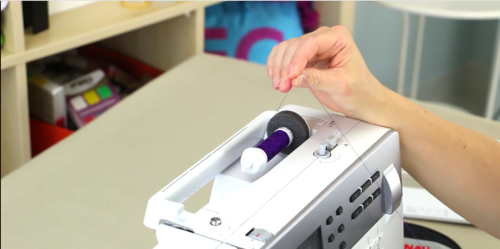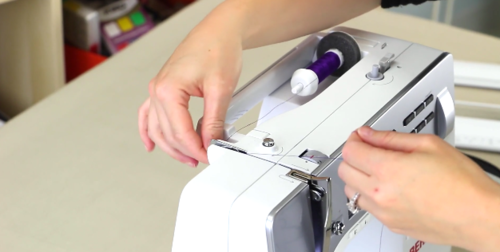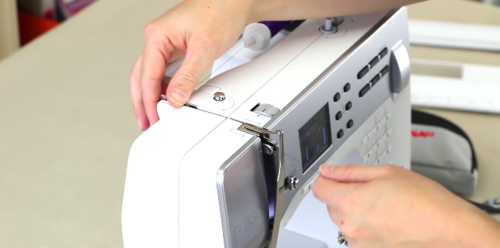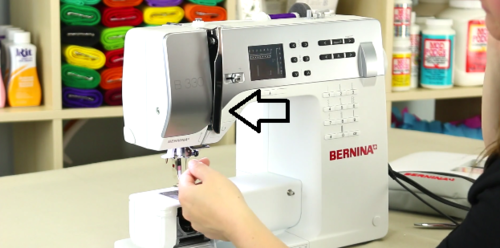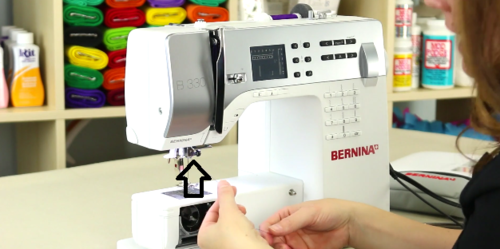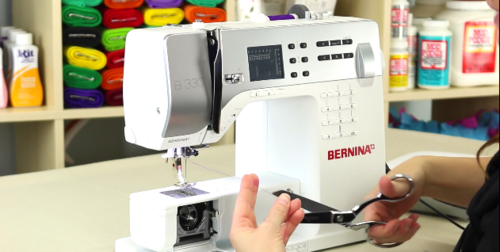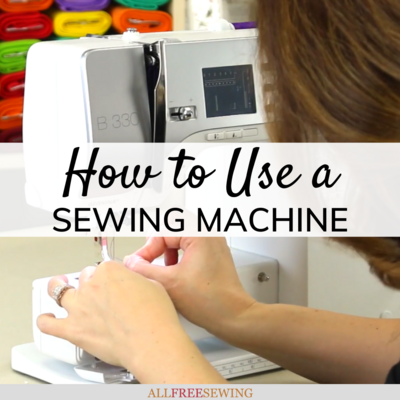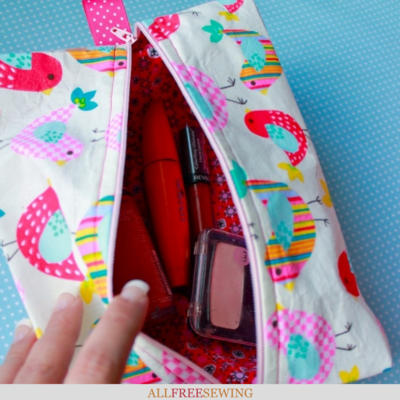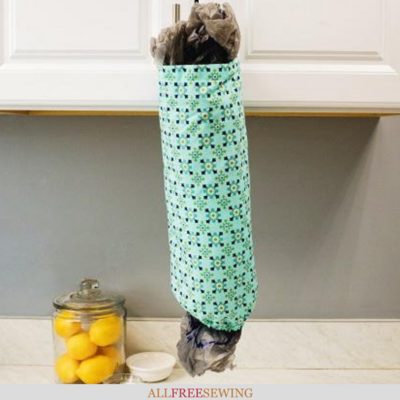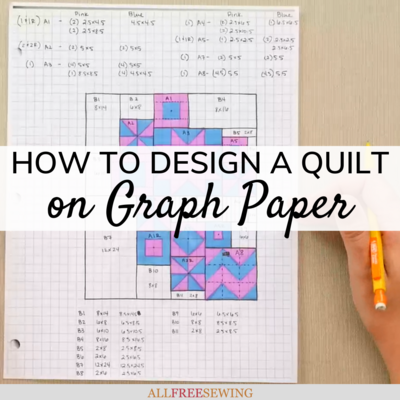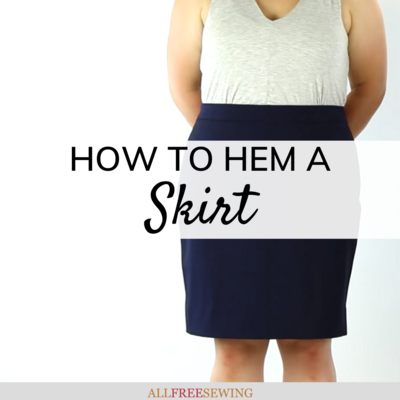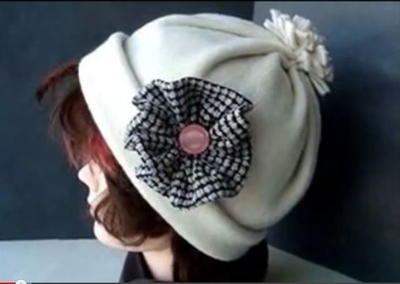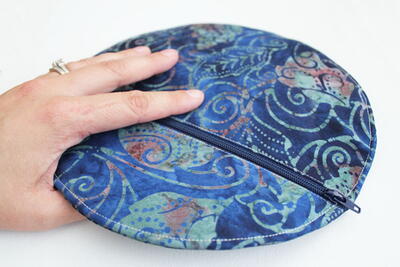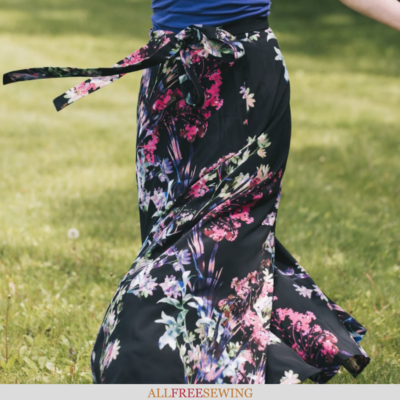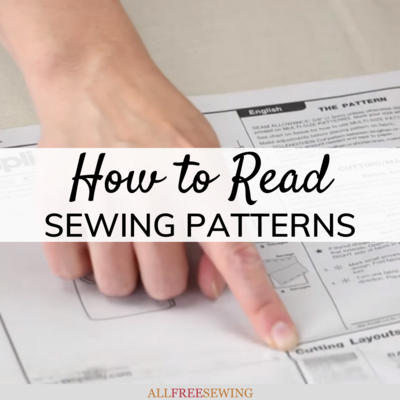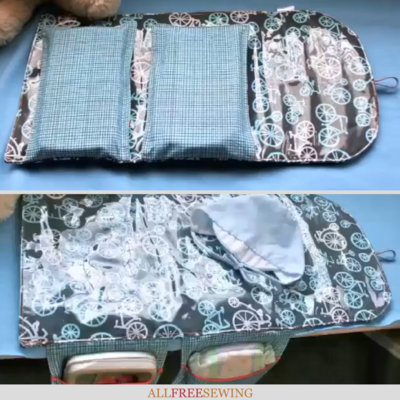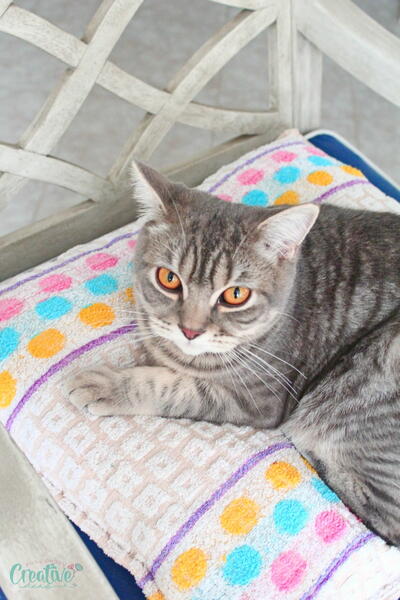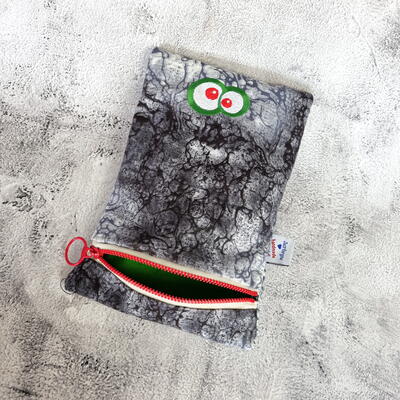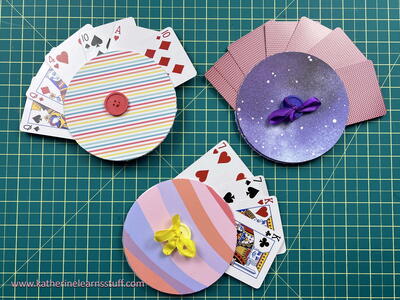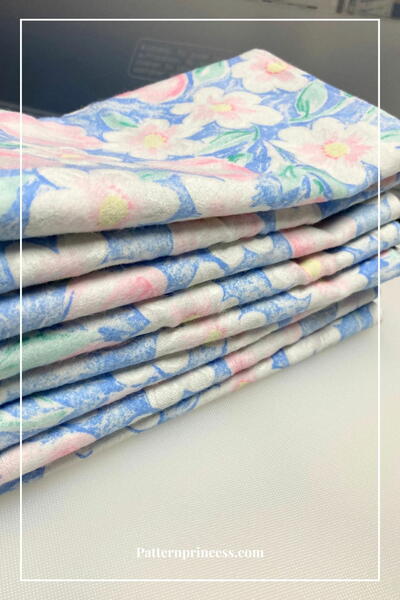How to Use a Sewing Machine
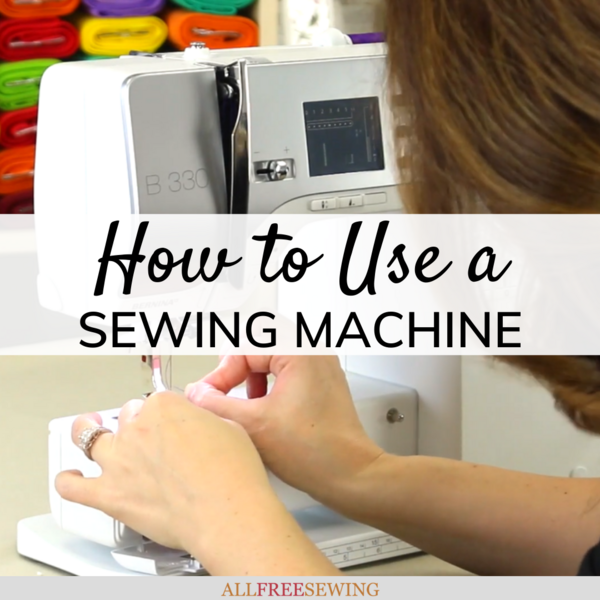
You can read all the articles you want on sewing with a sewing machine or read your sewing machine manual cover to cover, but it can be impossible to actually learn How to Use a Sewing Machine without watching someone do it.
This is why we have partnered with Angel from Fleece Fun to bring you this how to sew video that goes over all of the basic sewing machine needs-to-knows.
From changing your needle to learning how to thread your sewing machine, this video is the ultimate beginner's guide on how to sew with a sewing machine.
So, watch the video above or take a look at the tips shown below to learn all about sewing machines.
Sign Up For More Free Patterns >>>
Project TypeLearn a Technique
Time to CompleteUnder an hour
Sewn byMachine

Sewing 101: How to Use a Sewing Machine
Once you have chosen your sewing machine, it's time to learn the ins and outs of how to use it! From learning how to thread a sewing machine to how to clean a sewing machine to how to fix a sewing machine, this video and the article below will give you plenty of sewing tips and tricks so you can tackle your first projects with no trouble at all.
Getting acquainted with and learning how to use a sewing machine does not have to be confusing or intimidating. In fact, it is incredibly easy to do with a good guide like this to get you through each and every step of the process quickly and easily!
How to Thread a Sewing Machine
Learning how to thread a sewing machine is going to vary between makes and models, but the process of threading a sewing machine is essentially the same.Start out with the thread on the spool. Depending on the thread and the model, there may be a cap. It is important to make sure your thread is going the correct way when installing it in the sewing machine. The easiest way to do this is to consult the owner's manual for your sewing machine.
First, pull it through the loops accordingly, using the video above as a guide.Then thread it through the tension plates. Threading your thread through the tension plates is an especially important step because it determines how much tug there will be on the string. Then we’re going to take it down here and around and up to the take-up lever and that pulls the string up.
After threading your thread through the take-up lever and any other necessary holding places you can thread your needle. Simply make sure the end of the thread is not frayed, and once your needle is threaded, the threading of the top section of your sewing machine will be complete.
-
Make sure you have your thread on and it is going in the right direction.
-
Guide it through a little back hook.
-
And down through the tension plates.
-
Come down and up through the take-up lever.
-
Come down and through the little hook.
-
And then another small hook.
-
Trim the thread for a nice sharp point.
-
Go through the eye of the needle.
How to Use a Sewing Machine: Inserting the Needle
Occasionally, you will need to change your needle to keep it sharp. Switching the needle out is very easy to do, - all you need to do is unthread the needle, loosen it, then pull the needle out and then replace it with a new needle.
To retrieve a needle from your box of new needles, you can bend the box to help the needle pop out more easily. It is important to feel for the correct side of the needle because sometimes the flat side is usually the side that is facing away from you. Find the spot in the machine where the needle goes, and once placed, tighten the lever.
When you tighten it, make sure it’s finger-tight and not too tight. If you screw it in too tightly, it may strip the screw which is not good for the machine. Be sure to leave it loose enough to remove easily when the time comes to replace your needle once again.
Sewing Machine Tension
When your stitching looks unruly and loose, the most likely reason is your sewing machine tension is off. Fortunately, many machines have tension knobs that will show you the correct amount of sewing machine tension necessary to get a good, clean stitch. And that’s the sweet spot for the straight stitch on typical fabrics meaning cottons, muslins, and other common materials.
Therefore, it is important to know both where your tension button is, as well as the proper amount of tension required for a solid straight stitch. Having good sewing machine tension means good projects.
Different types of sewing machine tension may be required for different types of stitches. For instance, buttonholes require the needle to move faster, therefore they may require a different tension setting. Indeed, tension is incredibly important in bringing together a good, clean sewing project. Pay attention to your sewing machine tension and know that it’s set in the correct spot for the fabric you’re sewing on.
How to Use a Sewing Machine: Switching the Presser Foot
Very often you’ll need to switch out the presser foot for different projects. For example, if you want to work on a zipper, you will need a zipper foot. Some sewing machine models allow you to switch out just the foot, whereas others require you to disassemble larger components in order to change out your presser foot.
Simply lift the lever to release the current foot, replace it with the presser foot you would like to use, then move the lever back down to secure the foot in place.
Sewing Machine Threading: How to Fully Thread a Sewing Machine
When it comes to sewing machine threading, there can be some variation. With some machines, there is a bobbin case that must be removed in order for you to insert your thread, however, with other machines, you can simply insert your thread and there is no bobbin case.
If there is a bobbin case, place your spool inside, then pull the thread out of the little slit on the side. Once that is done, your thread will be threaded through the case. After that, lift the flap or lever tab in the back of the machine, then snap the thread spool or bobbin case into place.
To fully thread the machine, hand crank the needle down, then put on the thread and pull it up through the top of the machine. You can use your scissors to put the thread through until the machine is fully threaded. And that is how to thread a sewing machine.
How to Fix a Sewing Machine with Simple Cleaning
It's important to know how to fix a sewing machine and how to clean a sewing machine. Some fabrics cause extra materials and fuzzies to get trapped inside your machine. To clean it, simply open up your machine and clean it out gently with a brush.
You can even take out your bobbin case. There’s typically a brush that comes with your machine, however, you can use a stencil brush or any other brush with stiff bristles so that you can get in there and clean out the dust bunnies.
Much like you need to change the oil in your car and have your furnace checked, your machine should get an annual check-up by experts who know how to fix a sewing machine. It’s important to get that done because your machine is an investment.
Taking the time to have your sewing machine checked once a year guarantees a longer lifespan. So getting it serviced annually is great for catching little tweaks and fixing things before they become big problems down the line.
Your Recently Viewed Projects
flowergirl
Aug 06, 2018
This video is a must watch for anyone whose trying to teach themselves how to sew. The details of every step are also outlined in the article with pictures for every step just what you need. It's perfect especially if you've just bought a new machine and you want to know how to use every inch of it.
margiekins22
Apr 28, 2017
This is a fantastic article! It is so detailed and so helpful! I actually feel confident about starting my sewing journey now!
Report Inappropriate Comment
Are you sure you would like to report this comment? It will be flagged for our moderators to take action.
Thank you for taking the time to improve the content on our site.

